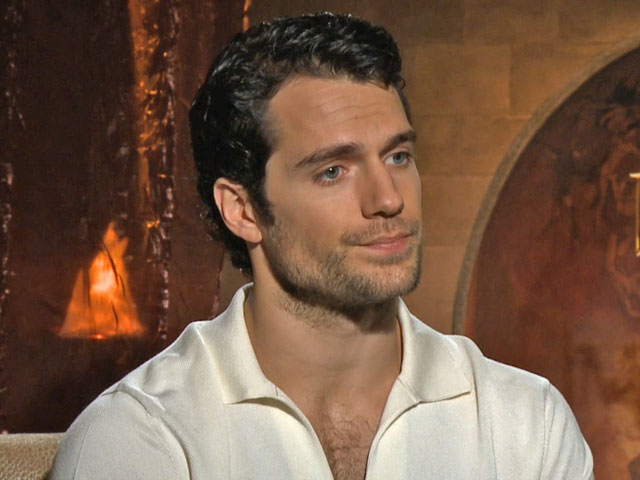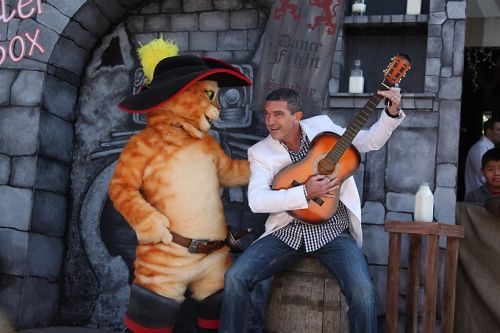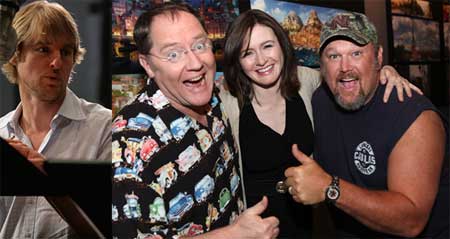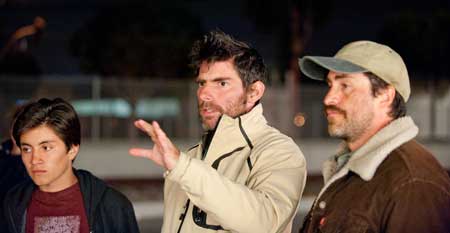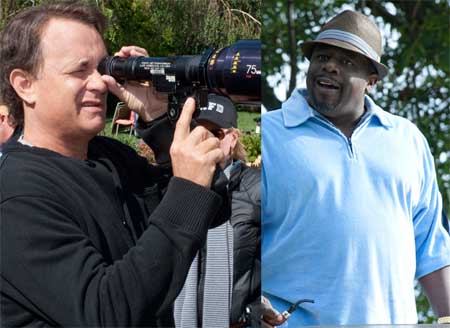- Details
-
Category: Interviews
-
Published: Thursday, 10 February 2011 05:51
-
Written by Lupe Haas
Director Iciar Bollain's political drama También La Lluvia is up for fourteen Goya Awards, Spain's equivalent of the Academy Awards, and now American audiences will be able to see the must-see Spanish import.
Spanish director Bollain tells CineMovie, Alejandro Gonzales Iñarritu was attached to the project before he left to direct and write the Oscar nominated Biutiful and how she came to the project as well as casting Mexican actor Gael Garcia Bernal in her first big budget film.
Watch our video interview with the Spanish director.
Movie Clip: Gael Garcia Bernal in También La Lluvia
También La Lluvia's Goya nominations include Best Picture and Best Director for Bollain, and Best Actor for the film's Luis Tosar who will compete with Javier Bardem's performance in Biutiful. Bolivian and first-time actor Karra Elejalde also received a nomination for Best New Actor for his performance as the Indian actor who heads the indigenous uprising in Cochabamba. The Spanish Film Academy will award the Goya winners at Los Premios Goya February 23.
About TAMBIEN LA LLUVIA:
Gael Garcia Bernal is Sebastian, a filmmaker shooting a film in Bolivia about Christopher Columbus landing in South America. Costa (Luis Tobar) is his producer who only cares about coming in on budget and on time. Shooting in Bolivia in the town of Cochabamba with a small budget, they hire local natives as extras and a very vocal Indian named Daniel who is cast in the pivotal role of Hatuey, the historical figure and first Indian leader to be burned on the cross for opposing Christianity.
Trouble brews when the locals rise up against plans to privatize the city's water supply to sell to an American multinational consortium. Daniel leads the fight against the government, organizing rallies and protests which gets him thrown in jail bloodied and bruised. The shoot is compromised if their lead actor is either dead or in jail.
While they can sympathize with the locals, Costa and Sebastian are determined to finish the film despite the growing tension in the city. The conflict becomes more violent and the infamous Bolivian Water War breaks out, which actually occurred in April 2000.
The producer and director are forced to chose between finishing the film or helping out the locals with their fight.
